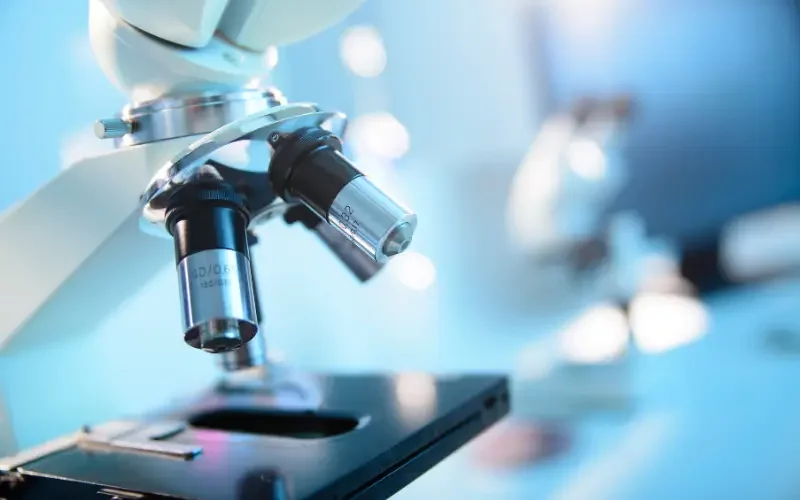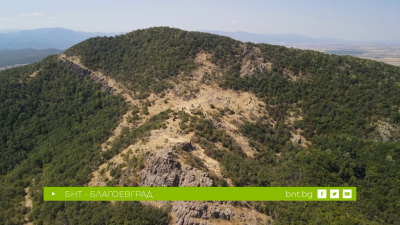Bulgarian scientists have developed a prototype of human skin

Bulgarian scientists have created a prototype of human skin. The discovery of the researchers from the Plovdiv Centre for Plant Systems Biology and Biotechnology can be used for various studies in the field of medicine and pharmaceutical industry. Reaching a prototype of human skin is part of another large-scale project that aims to slow the aging of the human body.
The scientists in Plovdiv developed the 3D model of the human epidermis because of the European Union's ban on animal experimentation. Thus, after 3 years of work, they managed to "grow" in laboratory conditions a prototype of human skin. Although miniature in size and 50 to 100 microns thick, it can also be seen with the naked eye and used in various preclinical studies.
Iva Stoykova, PhD student: "One such epidermal prototype is approximately 0.47 square centimetres. You have seen keratinocytes seeded on a polycarbonate matrix by means of which they can build up certain layers of the skin, each of which is involved in cellular immunity as well as homeostasis."
The team used the prototype of human skin to investigate how the molecules that persist in its outermost layer protect the body from various harmful influences, most notably UV rays.
"UV rays cause aging of our skin. What may not be known by the majority of people is that blue light, i.e. the light that comes from all the electronic devices we use every hour, ages our skin too," said Prof. Milen Georgiev - Head of the Department of Plant Cell Biotechnology at the Centre for Plant Systems Biology and Biotechnology.
The team of prof. Georgiev believes it has developed a molecule that gives maximum photoprotection and thus significantly slows down the aging process of the skin, which is also the largest organ in the human body.
"We can get the fibroblasts of elderly people to make collagen and in the form in which it is needed and thus the appearances of aging on the skin will be minimized," said Prof. Georgieva. Milen Georgiev.
With the help of the innovative human skin model, the healing properties of the Haberlea rhodopensis plant, or the so-called Orpheus flower, which also has high photoprotection, are already being studied. These findings are to be patented and incorporated into the production of organic sunscreens.
Get the latest news wherever you are!
Follow us on
Facebook
and
Instagram
Follow BNT’s YouTube channel
You can now also watch us on
TikTok
Find us on
Google News























